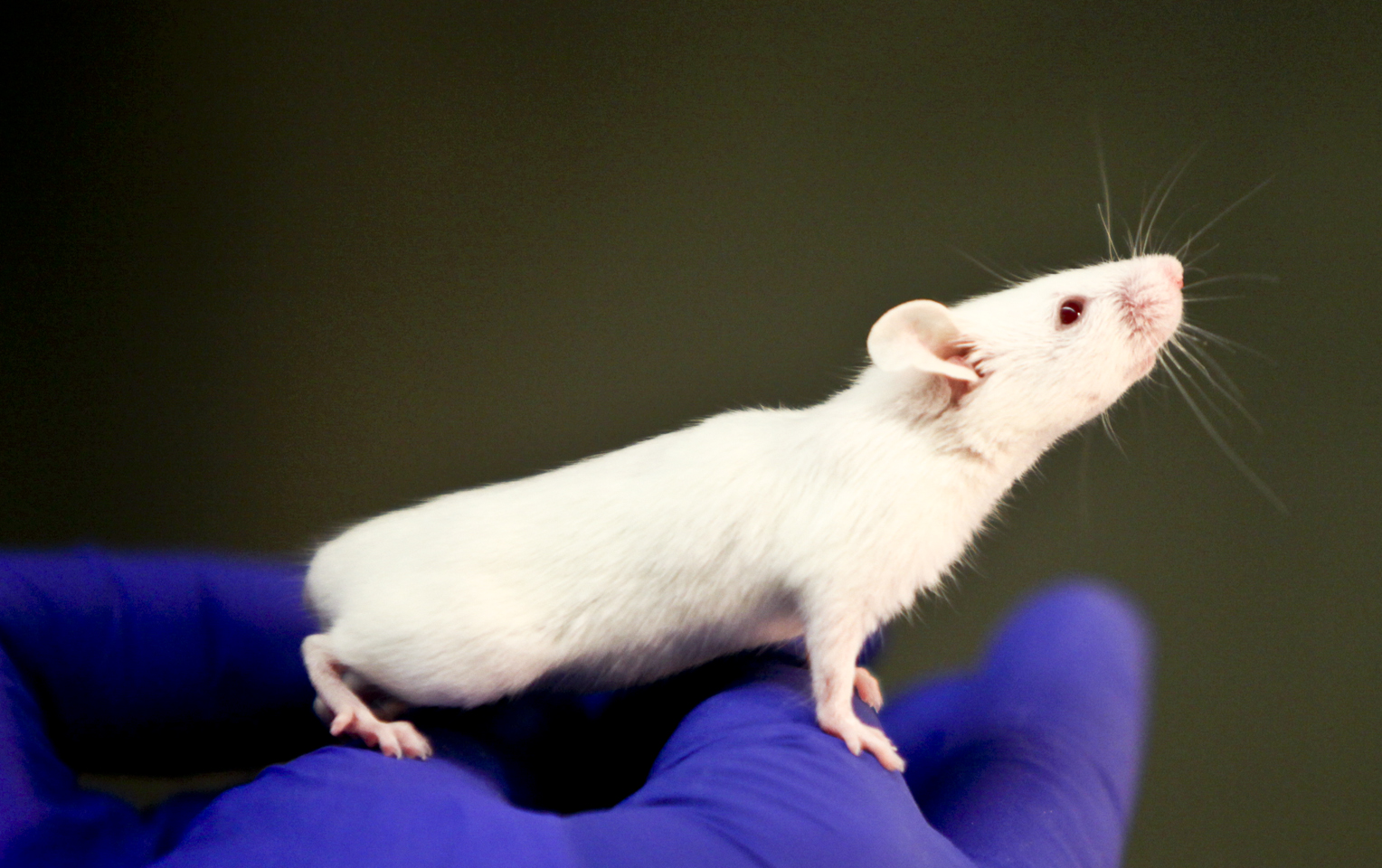RIO DE JANEIRO, BRAZIL – The research involved the eradication of genome virus from laboratory mice using the CRISPR-Cas9 genetic editing technique, and the next phase will involve applying the same method to primates – and later, in case of positive results, progressing to clinical trials with humans.

Progress
One of the challenges in finding a cure for HIV infection is that the virus changes as it spreads throughout the body, in addition to being able to introduce its own genetic material into our DNA, which enables it to continue replicating.
Given this “mutant” nature of HIV, the most effective weapon currently available to combat infection is the use of antiretroviral therapy, which ensures that the virus remains dormant and does not affect the immune system of those infected.
This treatment, although effective in preventing the virus from replicating itself, does not eradicate it from the body; it does not entirely prevent it from being transmitted to other humans and treatment must be continued by those infected throughout their lives.
The new method under development is based on removing DNA fragments of the virus from infected cells and using antiretroviral drugs to eradicate HIV entirely and permanently.
In the research, conducted by scientists from the University of Nebraska and Temple University, both in the U.S., the team used modified mice to exhibit a human-like biochemistry, removed large fragments of HIV from infected cells, and employed CRISPR to trace the tissues in which the virus could be “hidden” and destroy it.
Subsequently, the team used modified antiretroviral drugs and administered them, employing nanocrystals able to travel to tissues in which the virus could be present — even if dormant — and release the drug gradually over several weeks.

The use of this therapy was intended to allow the genetic editing technique to have time to detect the virus’ genes and wipe them out, and it was the combination of these two approaches that ensured the success of these experiments.
The success rate was five fully cured animals out of the thirteen that underwent treatment, using genetically modified mice.
As mentioned above, the next research stage will entail experimenting on primates — both to test the safety of using genetic editing and the effectiveness of the new method — and, should this succeed, seek endorsement for trials on humans.

